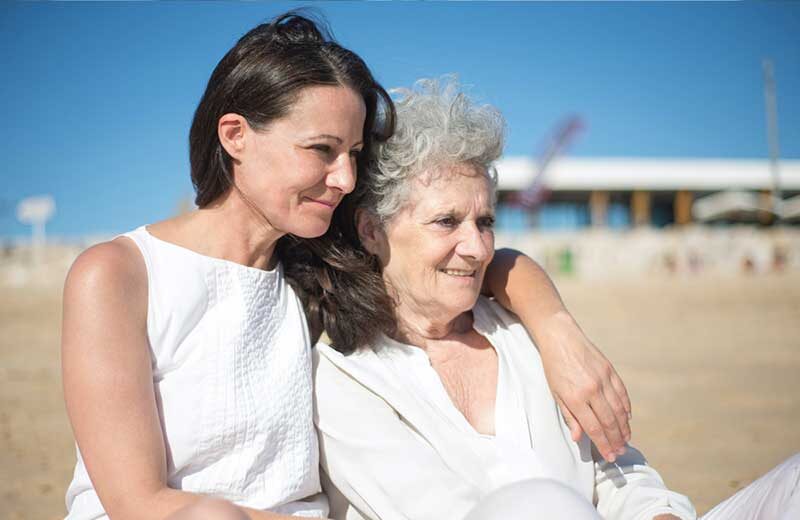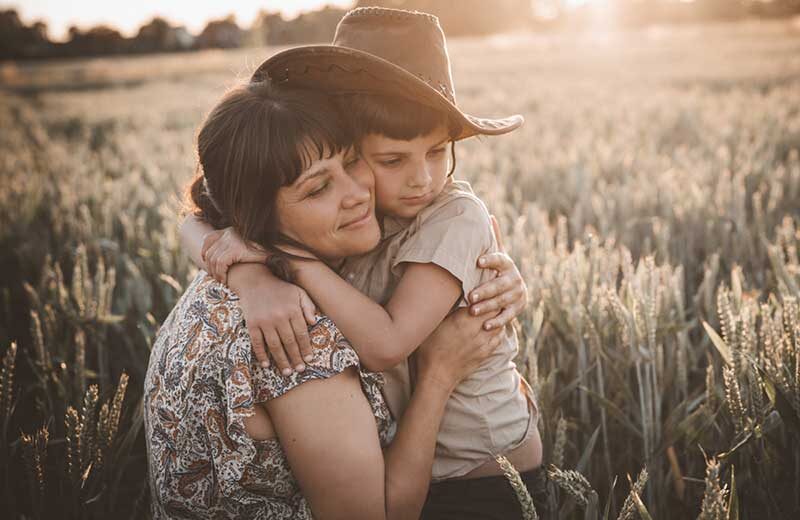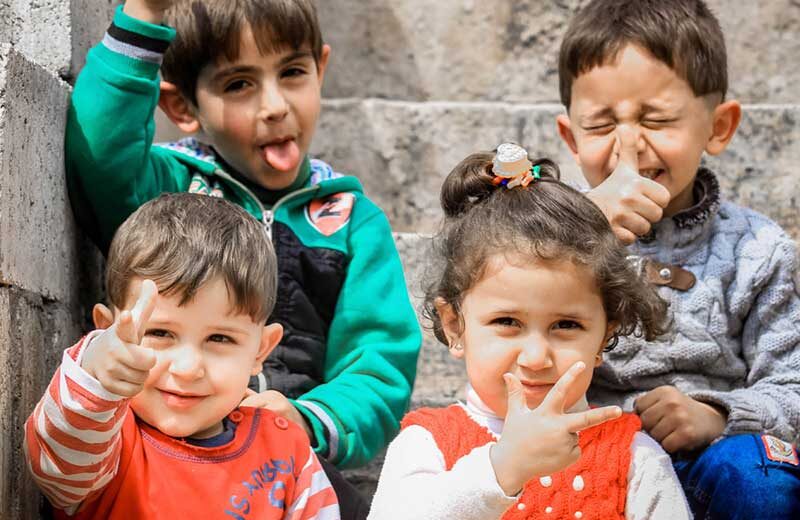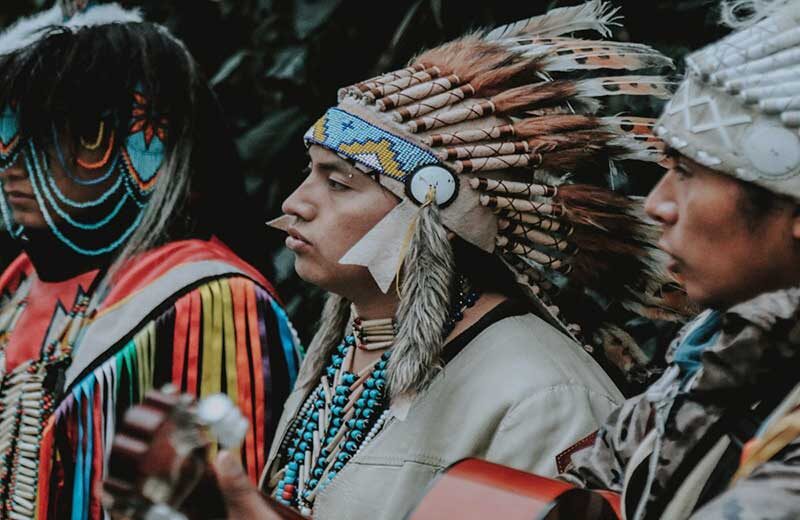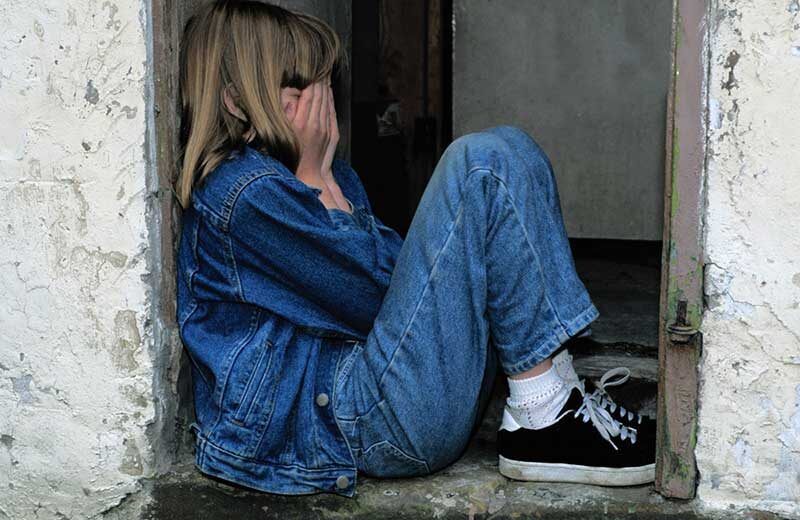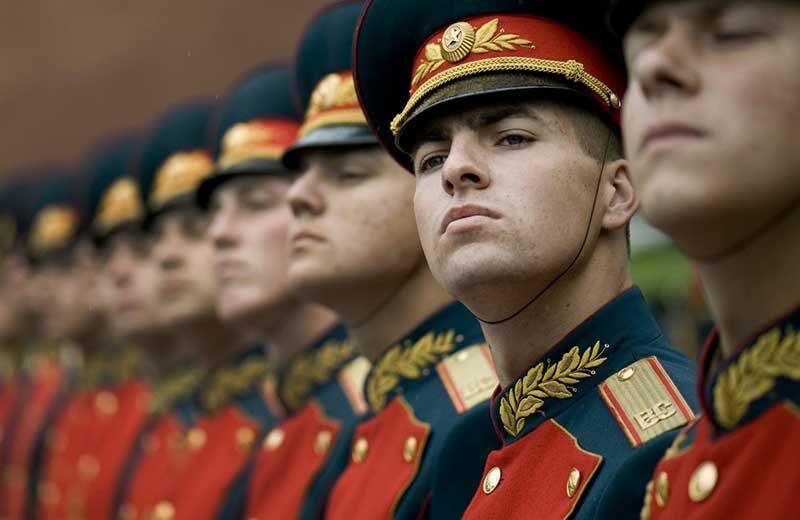The customs related to death have arranged social behavior in every part of the world according to religions and traditions. In most cases, mourning is the way in which grief is expressed at the loss of a loved one, and this is shown through outward signs such as clothing, ornaments, and other objects during and after funerals. This behavior demands rigor, such as abstaining from entertainment or activities outside the home.
Homes without a mother
In all cultures of the world, the mother represents a fundamental figure in the development of children and is the one who forms the home, her absence for various reasons of life or death represents a void difficult to fill and the father is the one who commonly occupies this space, replaces the mother and fulfills endless responsibilities, in addition to his role as father of the family.
Instruments for healing at all times
We know that, in recent years, as a society, we have not been more inclined to learn more about the ailments that afflict us throughout our lives. Access to digital information, the publication of specialized books on mental and physical health, with translations into several languages, allow us to go deeper into the diagnoses we receive in the doctor’s office and have a comprehensive view of the disease. We will comment on three methods with a holistic perspective of healing that have been widely disseminated and supported.
Farewell to my mother, grieving in adulthood
The loss of a mother represents one of the most terrible pains that a person can suffer. Our culture has placed the maternal role in a privileged and indispensable place because, in addition to providing life, she is a protector, educator, and the one who feeds, which is why it is so difficult to survive her absence.
The teaching of the first mothers
The language we speak begins with the words that mothers say to their children when they are very young, and they learn them by imitation. Those words define our strengths or weaknesses, they are the ones that explain our origins and the history of where we come from.
Living in peace: a child’s right
We all receive information through the news about children who have been assaulted somewhere in the world, whether at school, at home, or in the streets. Others suffer labor exploitation due to economic necessity, war, displacement, or living in refugee camps. All these situations compromise their lives permanently, so it is imperative to prioritize the welfare of children and build peaceful spaces for their development.
First Nations Children of America
Before the European conquest and all known migrations, North America was home to dozens of ethnic groups with different traditions and languages, as well as a social structure with a political organization, economy, and spirituality based on a deep respect for nature.
How to talk about grief with children?
Years ago, children played in gardens or in the countryside, close to nature, and observed life cycles. They had a closer coexistence with their loved ones: grandparents were accompanied in their illnesses and when they died, funerals were held in their homes. In our time, despite access to media information, medical advances, and constant migration, children have distanced themselves from the knowledge of death and the way in which mourning is experienced throughout life.
You’re Prettier When You’re Quiet
A concept that prevails in our society is gender-based violence, that is, a type of physical, psychological, sexual, institutional, or political aggression exercised against people based on their sexuality, orientation, or gender identity, which causes a serious impact on their well-being. It is a term that has gained importance due to its recurrence among women and girls, and aggression that is not always visible and justified by the perpetrator.
Far from home
On April 25, 1846, the United States declared war on Mexico and thus began one of the most dramatic and painful chapters in history. Due to the North American expansionist policy, and the resistance of the Mexican government to sell the northern states, an armed intervention of more than 10,000 soldiers was carried out, who faced a powerful Mexican army. The war extended to Mexico City and, in 1847, peace was agreed upon through the Treaties of Guadalupe-Hidalgo, in exchange for ceding several states in northern Mexico to the United States.
- 1
- 2
- 3
- …
- 6
- Next Page »



